75 days ago the Zoo Ave Rescue Center in Costa Rica celebrated the birth of a King Vulture (Sarcoramphus papa), an event that scientists had been awaiting for years. The parents of the baby vulture have lived in captivity and isolated for over 28 years and they have attempted to reproduce for the last decade unsuccessfully. The King Vulture is a large bird that can grow to be 32 inches long and is generally found in tropical lowland forests stretching from southern Mexico to northern Argentina. It is considered and endangered species with close to 100 thousand birds worldwide, in Costa Rica the population is estimated in only 50. The main reason for the decline in the population of this bird is habitat loss. King Vultures are scavengers, it feeds on the carcasses and remains of animals that have been killed.
Rescate Animal Zoo Ave, is a wildlife rehabilitation facility located on 84 acres of natural forest in the province of Alajuela, Costa Rica with a mission to protect and restore the country’s biodiversity through wildlife rehabilitation and endangered species breeding and reintroduction. The facility has saved the lives of tens of thousands of injured, orphaned and confiscated native birds and mammals.
Justification of Red List category
This species has an extremely large range, and hence does not approach the thresholds for Vulnerable under the range size criterion (Extent of Occurrence <20,000 km2 combined with a declining or fluctuating range size, habitat extent/quality, or population size and a small number of locations or severe fragmentation). Despite the fact that the population trend appears to be decreasing, the decline is not believed to be sufficiently rapid to approach the thresholds for Vulnerable under the population trend criterion (>30% decline over ten years or three generations). The population size may be small, but it is not believed to approach the thresholds for Vulnerable under the population size criterion (<10,000 mature individuals with a continuing decline estimated to be >10% in ten years or three generations, or with a specified population structure). For these reasons the species is evaluated as Least Concern.
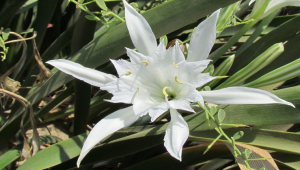
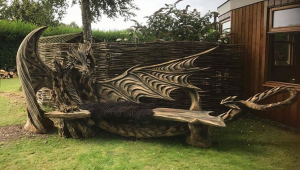





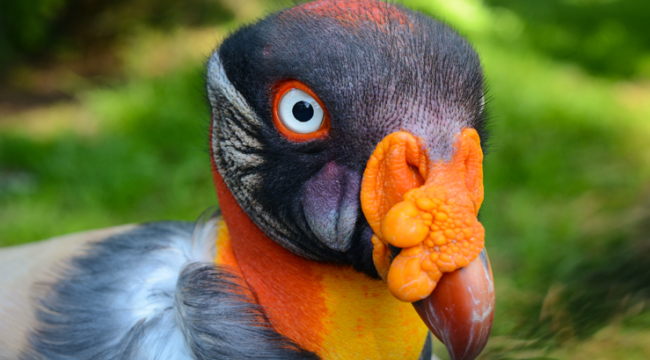



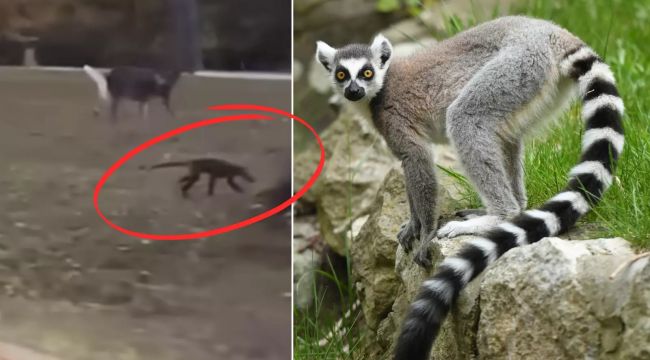
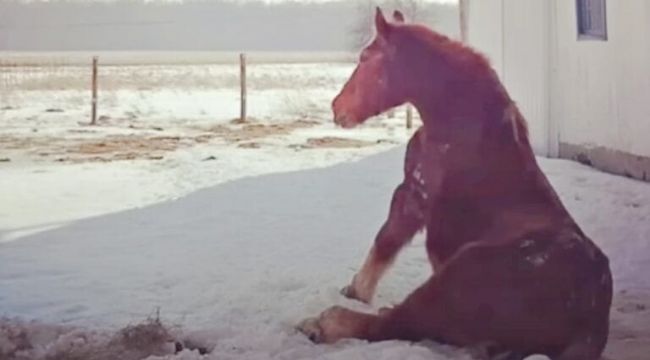
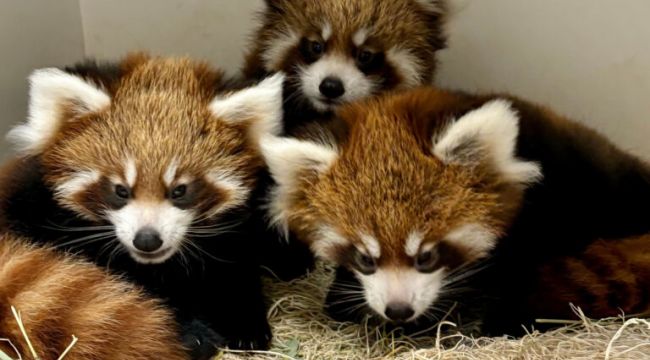











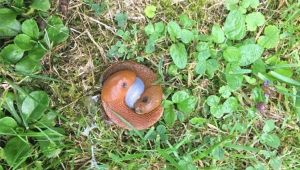

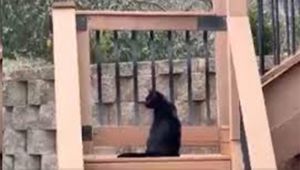
COMMENTS